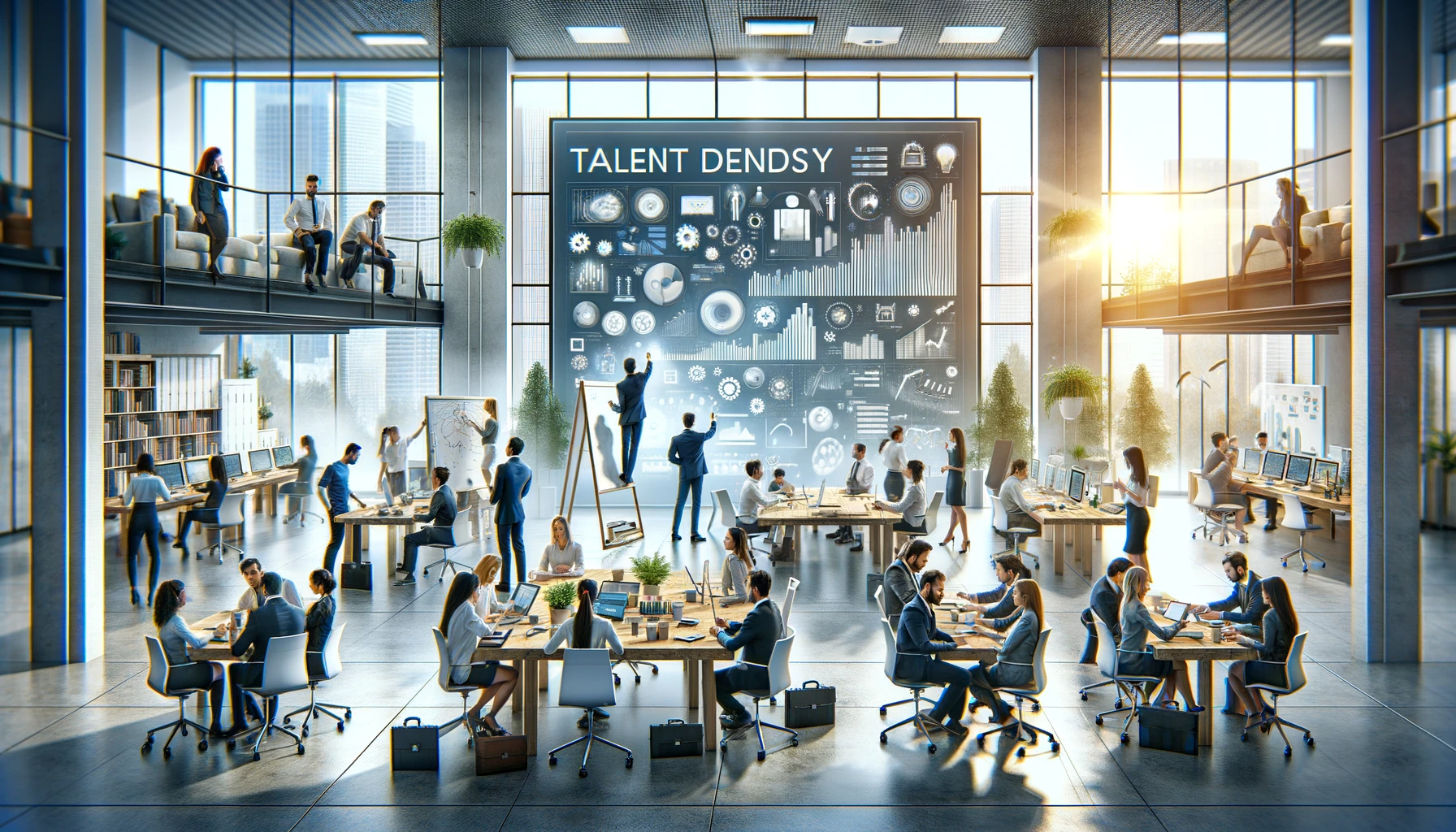
Josh Bersin发表文章谈到:在过去几年里,我注意到大公司的表现开始不如小公司。我们现在看到苹果和谷歌都出现了这种情况,而微软应对这一挑战也有相当长的一段时间了。 随着公司的发展,帮助我们推动组织绩效的一个重要理念就是人才密度。这篇文章讨论了
人才密度的概念,即公司中
技能、能力和表现的质量和密度。强调传统的
员工绩效评估模型已导致平庸。建议采用人才密度方法,包括招聘增加或乘数效应的人才,基于帕累托分布管理绩效,以及专注于赋权、反馈和领导力
。文章强调,为了创新和市场竞争力,尤其在AI和技术进步的背景下,维持高人才密度的重要性。
In this (
long) article, I want to talk about a new concept called Talent density. And as I pondered the concept I think it represents one of the more important topics in management. So I hope you find it as interesting as I do.
First of all, the concept of talent density,
pioneered by Netflix by the way, is simple.
Talent Density is the quality and density of skills, capabilities and performance you have in your company.
So, if you have a company that is 100% high performers, you’re very dense. If you have a company that’s 20% high performers, you’re not very dense. It’s easy to understand, but hard to implement, because it gets to the point of how we define performance, how we select people to hire, how we decide who’s going to get promoted, how we decide who’s going to work on what project and how we’re going to distribute pay.
So before I explain talent density, let’s talk about the basic beliefs most companies have. Most organizations believe that they’re operating with a
normal distribution or bell curve of performance. I don’t know why that statistical model has been applied to organizations, but it has become almost a standard policy. (
Academics have proven it false, as I explain below.)
Using the bell curve, we identify the “mean” or average performance, and then categorize performance into five levels. Number ones are two standard deviations to the right and number fives are two standard deviations to the left.
The people operating at level one get a big raise, the people operating at level two get medium raise, the people operating at level three get an average raise, the people operating at level four get a below average raise and the people operating at level five probably need to leave. Lots of politics in the process, but that’s typically how it works.
As I describe in
The Myth of The Bell Curve, these performance and pay strategies have been used for decades. And at scale they create a mediocrity-centered organization, because the statistics
limit the quantity and value of 1’s. If you’re operating at 1 level and you get a 2, you’ll quit. If you’re operating at 3 level, you’re probably going to coast. You get my drift. And since the bulk of the company is rated 2 or 3, most of the managers are in the middle.
As the saying goes, A managers hire A people, B managers hire C people. So over time, if not constantly tuned, we end up with an organization that is almost
destined to be medium in performance.
Now I’m not saying every company goes through this process, but if you look at the productivity per employee in large organizations
it’s almost always below that of smaller organizations. Why? Because as organizations grow, the talent density declines. (Netflix, as an example, example, generates almost $3M of revenue per employee, twice that of Google and 10X that of Disney. And they are the only profitable streaming company, with fewer than 20,000 employees and a $240 billion market cap.)
The traditional model was fine in the industrial age when we had a surplus of talent, jobs were clearly defined, and most employees were measure by the “number of widgets they produced.” In those days we could swap out a “low performer” for a “high performer” because there were lots of people in the job market.
We don’t live in that world anymore. The world we now live in has sub 4% unemployment, a constant shortage of key skills, and a growing shortage of labor. And thanks to automation and AI, the revenue or value per person has skyrocketed, almost an order of magnitude higher than it was 30 years ago.
So we need a better way to think about performance in a world where
companies with fewer people can outperform those who get too big. Look at how Salesforce, Google, Apple, who are essentially creative companies, have slowed their ability to innovate as they get bigger. Look at how OpenAI, who is a tiny company, is outperforming Google and Microsoft.
Today most businesses outperform through innovation, time to market, customer intimacy, or IP – not through scale or “harder work.”
How do we maintain a high level of talent density when we’re growing the company and hiring lots of people?
Netflix wrote the book on this, so let me give you the story.
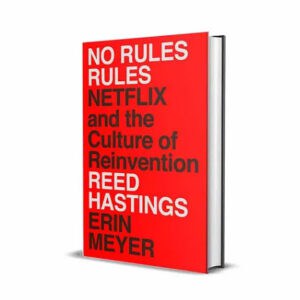 First,
First, the hiring process should focus on talent density, not butts in seats. Rather than hire someone to “fill a role” we look for someone who is additive or
multiplicative to the entire team. Hire someone that challenges the status quo and brings new ideas, skills, and ideas beyond the “job” as defined. Netflix values courage, innovation, selflessness, inclusion, and teamwork, for example. These are not statements about “doing your job as defined.”
Netflix’s idea is that each incremental hire should make everybody else in the company and everybody else in the team produce at a higher level. Now this is a threatening thing for an insecure manager because most managers don’t want to hire somebody that could take their job away. But that’s why we have this problem.
Second, we need to manage or create some type of performance management process that is built around the
Pareto distribution (also called the
Power Law) and
not the normal distribution. In the Pareto distribution or the power law, we have a small number of people who generate an outsized level of performance, you can call it the 80/20 rule or the 90/10 rule. (20% of the people do 80% of the work)
Studies have shown that companies and many populations work this way, and it makes sense. Think about athletes, where a small number of super athletes are 2-3 better than their peers. The same thing is true in music, science, and entertainment. It’s also true in sales and many business disciplines.
Research conducted in 2011 and 2012 by Ernest O’Boyle Jr. and Herman Aguinis (633,263 researchers, entertainers, politicians, and athletes in a total of 198 samples). found that performance in 94 percent of these groups did not follow a normal distribution. Rather these groups fall into what is called a “Power Law” distribution.
In every population of human beings there are a few people who just have God-given gifts to outperform in the job, and they just naturally seem to be far better than everyone else.
Bill Gates once told the company that there were of the three engineers that he felt made the company of Microsoft. And I’ve heard this in many other companies, where one software engineer and the right role can do the work of 10 other people.
Now, this is not to say that everybody will fall into one level of the Pareto distribution. At a given point in time in your career, you may be in the 80% and over time, as you learn and grow and find the things that you’re naturally good at, you’ll end up in the 20%. But in a given company this is a dynamic that’s constantly taking place. And that’s what Netflix is doing – constantly working on talent density.
What does this mean for performance management? It means that in order to care for a population like this, we have to hire differently, avoid the bell curve, and pay high performers well. Not just a little more than everybody else, a lot more. And that’s what happens in sports and entertainment, so why not in business.
If you look at companies like Google, Microsoft, and others, there are individuals in those companies that make two to three times more than their peers. And as long as these decisions are made based on performance, people are fine with it.
What obviously does not work is when person making all the money is the person who’s the best politician, best looking, or most popular.
And that leads me to
item three: In the Netflix culture there’s a massive amount of empowerment, 360 feedback, candor and honesty. You’ve probably read the
Netflix culture manifesto: it’s all about the need for people to be honest, to speak truth, to give each other feedback, and to focus on judgement, courage, and accountability. Netflix only recently added job levels: they didn’t have job levels for many years.
Giving people feedback is a challenge because it’s uncomfortable. So this has to to start at the top and it has to be done in a developmental, honest way. This does not mean people should threaten or disparage each other, but we all need to know that at the end of a project or the end of the meeting it’s okay for somebody to tell us “here’s what was great about that and here’s what wasn’t great about it.”
One of the most important institutions in the world, the US military lives, eats and dies by this process. If you’re in the military and you mess something up, you can guarantee that somebody’s going to tell you about it, and you’re going to get some help making sure you don’t do it again. We don’t have life or death situations in companies, but we can certainly use this kind of discipline.
The fourth thing that matters in talent density is leadership and goal setting. One of the things that really gets in the way of a high performing company is too many individual goals, too many siloed projects and responsibilities and people not seeing the big picture.
If your goal setting and performance management process is 100% based on individual performance you are sub-optimizing your company. Not only does this work against teamwork, but there really isn’t a single thing in a company that anybody can do alone. So our performance management research continuously shows that people should be rewarded for both their achievements as well as that of the team. (
Here’s the research to explain.)
Why is talent density important right now? Let me mention a few reasons.
First, we’re entering a period of low unemployment so every hire is going to be challenging. And thanks to AI, companies are going to be able to operate with smaller teams. What better time to think about how to “trim down” your company so it’s performing at its best?
Second, the transformations from AI are going to require a lot of flexibility and learning agility in your company. You want a highly focused, well aligned team to help make that happen. And while AI will help every company improve, your ability to leverage AI quickly will turn into a competitive advantage (think back about how web and digital and e-commerce did the same).
(I firmly believe the companies with the most ingenious applications of AI will disrupt their competitors. I’m still amazed at Whole Food’s hand recognition checkout process: I can see self-service coffee, groceries, and other retail and hospitality coming.)
Third, the
post-industrial business world is going to start to devalue huge, lumbering organizations. Many big companies just need a lot of people, but as Southwest Airlines taught us long ago, it’s the small team that performs well. So if you can’t break your company into small high-performing teams, your talent density will suffer.
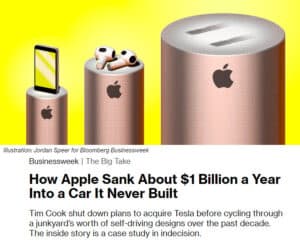
When the book is written on
Apple’s $10 Billion car, I bet one problem was the size and scale of the team. We’ll see soon enough. By the way, I still recommend everyone read “
The Mythical Man-Month,” which to me is the bible of organizing around small teams.
What if you’re a healthcare provider, retailer, manufacturer, hospitality company? Does talent density apply to you? Absolutely! Go into a Costco and see how happy and engaged the employees are. Then go into a poorly run retailer and you’ll feel the difference.
In my book
Irresistible I give examples of companies who embrace what I call “the unquenchable power of the human spirit.” Nobody wants to feel like they’re underperforming. With the right focus on accountability and growth we can help everyone out-perform their expectations.
Now is a time rethink how our organizations work. Not only should we promote and reward the hyper-performers, the Pareto rule and Talent Density thinking encourage us to help mid-level performers learn, grow, and transform themselves into superstars.
Let’s throw away the old ideas of bell curve, forced distribution, and simplistic performance management. Companies that push for everlasting high performance are energizing places to work, they deliver outstanding products and services, and they’re great investments for stakeholders.
AI中文翻译:
在这篇篇幅较长的文章中,我想探讨一个被称为“人才密度”的新概念。思考此概念时,我认为它是管理领域中极其重要的议题之一。希望您能像我一样发现其趣味性。
首先,Netflix首创的“人才密度”概念其实很简单。
人才密度指的是公司内部技能、能力和表现的质量与密集程度。
换句话说,如果你的公司全是高绩效人才,那么你的“人才密度”就很高。如果只有20%是高绩效人才,那么你的“人才密度”就不高。这个概念虽然容易理解,但实际执行起来却颇具挑战,因为它涉及到我们如何定义绩效、招聘员工的标准、晋升决策、项目分配以及薪酬分配。
在详细解释“人才密度”之前,让我们先看看大多数公司的基本信念。许多组织相信,他们的员工表现遵循一个正态分布或钟形曲线。这个统计模型为何被广泛应用于组织之中,我并不清楚,但它几乎已成为标准做法。(实际上,如我下文将解释的,学术研究已证明这一模型是错误的。)
采用钟形曲线,我们确定平均表现(即“平均线”),然后将员工的表现划分为五个等级。表现最好的被归为一级,标准为右偏两个标准差;表现最差的被归为五级,左偏两个标准差。
一级表现者获得大幅度加薪,二级表现者获得中等加薪,三级表现者获得平均水平的加薪,四级表现者加薪低于平均,五级表现者可能就需要离开公司了。虽然这个过程充满了政治操作,但这就是它通常的运作方式。
正如我在《钟形曲线的神话》中所述,这些关于绩效和薪酬的策略已经使用了数十年。而且,当这些策略在大规模下实施时,它们会造成以平庸为中心的组织文化,因为这种统计方法限制了顶尖人才的数量和价值。如果你是一级表现者却被评为二级,你很可能就会选择离职。如果你是三级表现者,你可能就会选择安于现状。你应该明白我的意思了。而且,由于大部分员工的评级为二级或三级,大多数管理者也就处于中等水平。
常言道,A级的管理者招聘A级人才,B级的管理者则招聘C级人才。因此,如果不持续进行优化调整,组织最终几乎注定会变得中庸。
我并不是说每家公司都会经历这一过程,但如果你查看大型组织的员工生产率,通常都低于小型组织的生产率。为什么呢?因为随着组织规模的扩大,“人才密度”往往会下降。(以Netflix为例,其每名员工创造的收入几乎为300万美元,是Google的两倍,是迪士尼的十倍。他们是唯一盈利的流媒体公司,员工不足20,000人,市值2400亿美元。)
在工业时代,人才供过于求,工作职责明确,大多数员工的表现以“生产的产品数量”来衡量。那个时候,低绩效者可以轻松地被高绩效者替换,因为劳动市场上有大量的人才可供选择。
但我们不再生活在那个时代了。在我们现在的世界里,失业率低于4%,关键技能持续短缺,劳动力整体也日益减少。而且,得益于自动化和AI技术,每位员工创造的收入或价值比30年前高出了几个数量级。
因此,在一个人员更少的公司可以超越体量更大的公司的世界中,我们需要一种更好的绩效思考方式。看看Salesforce、Google、Apple这些本质上依靠创新的公司,随着规模扩大,它们的创新能力如何变缓。再看看OpenAI,尽管是一个小公司,却在超越Google和Microsoft。
如今,大多数企业通过创新、市场响应速度、客户亲密度或知识产权而非规模或“更加努力的工作”来实现超越。
在我们不断发展公司并招聘大量人员的同时,我们如何保持高水平的“人才密度”?Netflix在此领域有着开创性的工作,让我来分享一下他们的故事。
首先,招聘过程应专注于提高“人才密度”,而不是仅仅为了填补空缺。我们寻找的不是简单地“填补一个角色”的人,而是能够为整个团队带来正面或倍增效果的人才。我们寻找的是那些能够挑战现状、带来新观点和技能,并超出传统“工作定义”的人。例如,Netflix重视勇气、创新、无私、包容和团队合作等价值观,并不仅仅是“完成既定工作”。
Netflix的理念是,每一次新增的招聘都应该使公司内每个人和团队的每个成员的生产力得到提升。这对于那些缺乏安全感的管理者来说可能是个挑战,因为大多数管理者并不希望招聘可能会取代他们的人。但正是这种思维方式导致了我们当前的问题。
其次,我们需要建立或改进一种围绕帕累托分布(也称作幂律分布)而非正态分布的绩效管理流程。在帕累托分布或幂律分布中,少数人贡献了超出常规的绩效水平,这可以称作80/20规则或90/10规则。(即20%的人完成了80%的工作)
研究显示,许多公司和人群实际上都是以这种方式运作的,这是合理的。想想那些在体育、音乐、科学和娱乐领域表现出色的人,其中少数顶尖人才的表现是同龄人的两到三倍。销售和许多商业领域也是如此。
2011年和2012年由Ernest O’Boyle Jr.和Herman Aguinis进行的研究(涵盖了633,263名研究人员、艺术家、政治家和运动员,共198个样本)发现,这94%的群体的表现并不遵循正态分布,而是呈现所谓的“幂律分布”。
在每个人群中,总有少数人因为天赋异禀,在工作中表现出色,自然而然地比其他人优秀得多。
比尔·盖茨曾经对微软说过,他认为公司中的三名工程师是公司的基石。我也在许多其他公司听到过类似的故事,其中一位软件工程师在合适的位置上可以完成其他十人的工作量。
这并不意味着每个人都将被归入帕累托分布的某一层级。在你职业生涯的某个阶段,你可能处于80%的群体中,但随着你不断学习、成长并找到自己真正擅长的领域,你最终可能进入20%的群体。但在任何一个公司,这种动态都在不断发生。这就是Netflix一直在努力提升“人才密度”的原因。
这对绩效管理意味着什么?这意味着,为了照顾这样一个群体,我们必须采取不同的招聘方式,避免使用钟形曲线,并且为高绩效者提供丰厚的薪酬。这不仅仅是支付比其他人稍微多一点的薪水,而是要多得多。这在体育和娱乐领域已经是常态,那么为什么不可以应用到商业领域呢?
如果你观察Google、Microsoft等公司,你会发现,这些公司中的个别人物赚取的收入是他们同事的两到三倍。只要这些决策基于绩效,大家通常都能接受它。
当然,不起作用的情况是,赚取高薪的是那些最擅长政治、外表最出众或最受欢迎的人。
这就引出了第三点:在Netflix的文化中,存在着大量的授权、360度反馈、直率和诚实。您可能已经读过Netflix的文化宣言,它强调人们需要诚实、坦诚、互相提供反馈,并专注于判断力、勇气和责任感。直到最近,Netflix才引入了职级制度——在很多年里,他们根本没有职级制度。
提供反馈是挑战性的,因为这会使人感到不适。因此,这个过程必须从高层开始,并以一种促进发展、诚实的方式进行。这并不意味着人们应互相威胁或贬低,但我们都需要明白,在项目结束或会议结束时,对方告诉我们“这是成功之处,这是失败之处”是完全可以接受的。
美国军队是世界上最重要的机构之一,它依靠这种过程生存、发展和克服困难。如果你在军队犯错,你可以确信会有人告诉你,并且你会得到帮助以确保你不会再犯同样的错误。虽然公司里没有生死攸关的情况,但我们完全可以借鉴这种纪律性。
在“人才密度”中很重要的第四点是领导力和目标设定。阻碍高绩效公司发展的一个常见问题是过多的个人目标、孤立的项目和职责,以及员工无法看到整体大局。
如果你的目标设定和绩效管理过程完全基于个人表现,那么你就在削弱你的公司。这不仅阻碍了团队合作,而且实际上没有什么是公司内任何人能够独立完成的。因此,我们的绩效管理研究不断表明,人们应该同时因其个人成就和团队成就而获得奖励。(这是相关的研究。)
为什么“人才密度”在当前尤为重要?我来列举几个原因。
首先,我们正处于一个失业率低的时期,因此每次招聘都将是一个挑战。而且,随着AI技术的帮助,公司将能够以更小的团队运作。在这样一个时刻,有什么比考虑如何“精简”你的公司、使其发挥最佳表现更合适的时机呢?
其次,随着AI的变革,你的公司将需要极大的灵活性和学习适应能力。你需要一个高度专注、良好协调的团队来实现这一目标。而且,尽管AI将帮助每个公司提高效率,但你快速应用AI的能力将变成一个竞争优势(回想一下网站、数字化和电子商务如何实现了同样的事情)。
(我坚信,那些能够巧妙应用AI的公司将会颠覆它们的竞争对手。我对Whole Foods的手掌识别结账过程仍感到惊讶:我预见到自助服务咖啡、杂货及其他零售和酒店业务的出现。)
第三,后工业时代的商业世界将开始贬低庞大、笨重的组织。许多大公司只是需要大量员工,但正如西南航空所示,小团队的表现通常更好。因此,如果你无法将你的公司划分为小型高效团队,你的“人才密度”将受到影响。
当有关Apple的100亿美元汽车项目的书籍编写时,我敢打赌问题之一将是团队的规模和规模。我们很快就会发现。顺便说一下,我还是推荐每个人阅读《神话般的人月》,对我而言,这本书是关于围绕小团队进行组织的经典之作。
如果你是医疗服务提供者、零售商、制造商或酒店业者,“人才密度”是否适用于你?当然适用!
走进一家Costco,看看员工是多么的开心和投入。然后走进一个管理混乱的零售商,你就能感受到区别。
在我的书《不可抗拒》中,我列出了那些拥抱我所称之为“人类精神不可磨灭力量”的公司的例子。没有人愿意觉得自己表现不佳。通过适当的关注责任和成长,我们可以帮助每个人超越他们自己的期望。
现在是时候重新考虑我们的组织如何运作了。我们不仅应该提升和奖励顶尖表现者,帕累托法则和“人才密度”思维还鼓励我们帮助中等表现者学习、成长,并将自己转变为明星。
让我们抛弃旧的钟形曲线、强制分配和简单化绩效管理的想法。不断追求高绩效的公司是充满活力的工作场所,他们提供卓越的产品和服务,并且对投资者而言是极好的投资。


 When the book is written on Apple’s $10 Billion car, I bet one problem was the size and scale of the team. We’ll see soon enough. By the way, I still recommend everyone read “The Mythical Man-Month,” which to me is the bible of organizing around small teams.
When the book is written on Apple’s $10 Billion car, I bet one problem was the size and scale of the team. We’ll see soon enough. By the way, I still recommend everyone read “The Mythical Man-Month,” which to me is the bible of organizing around small teams.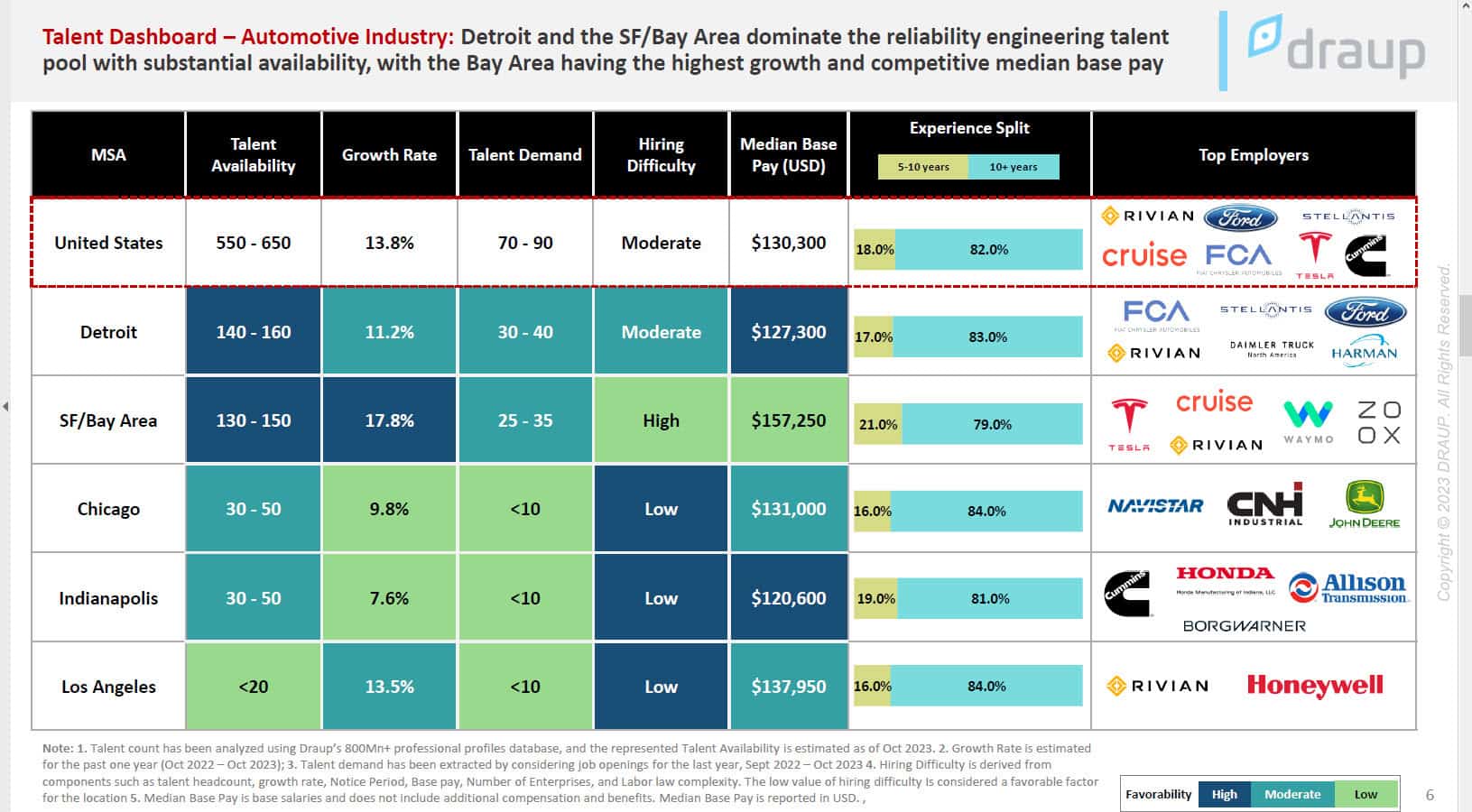

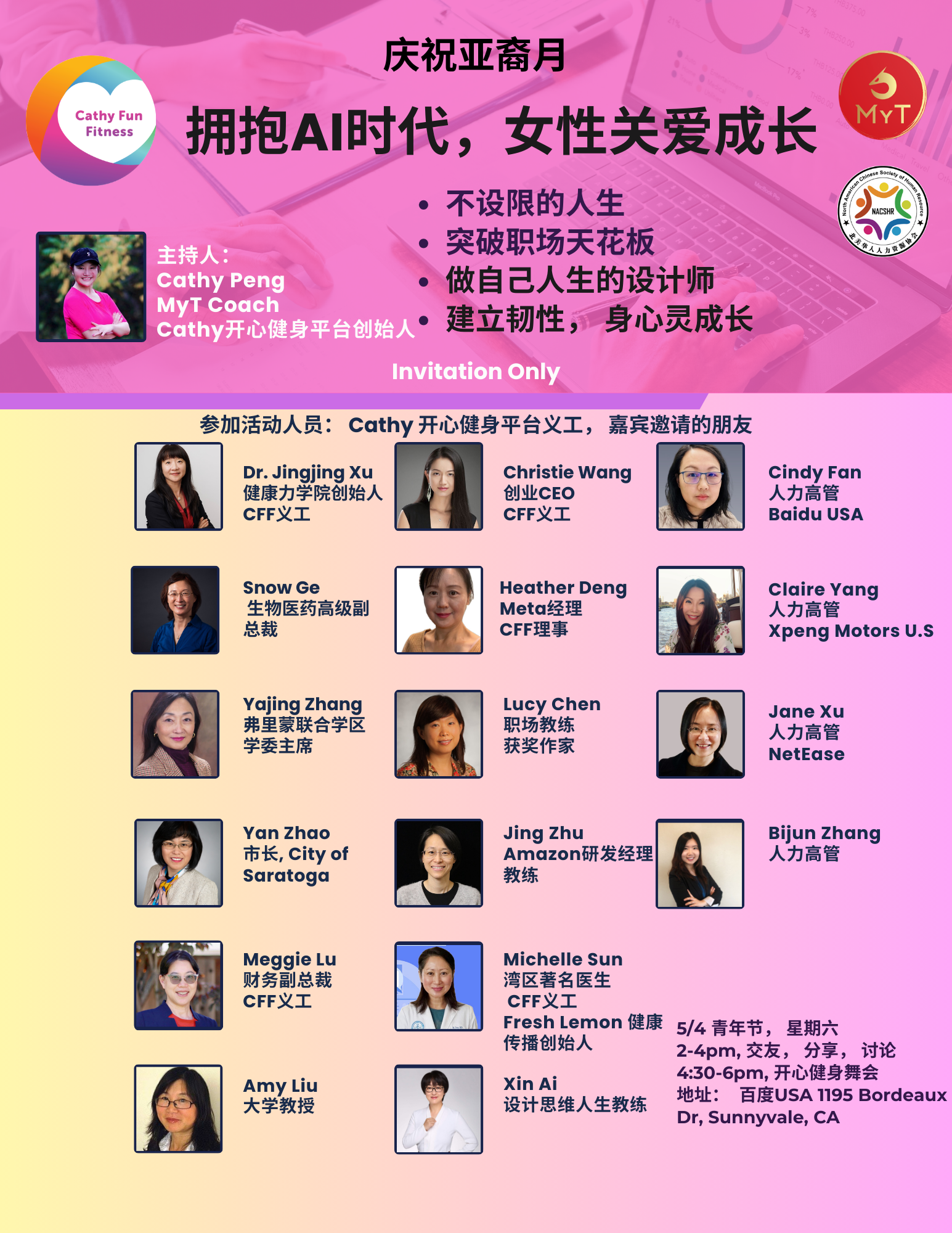
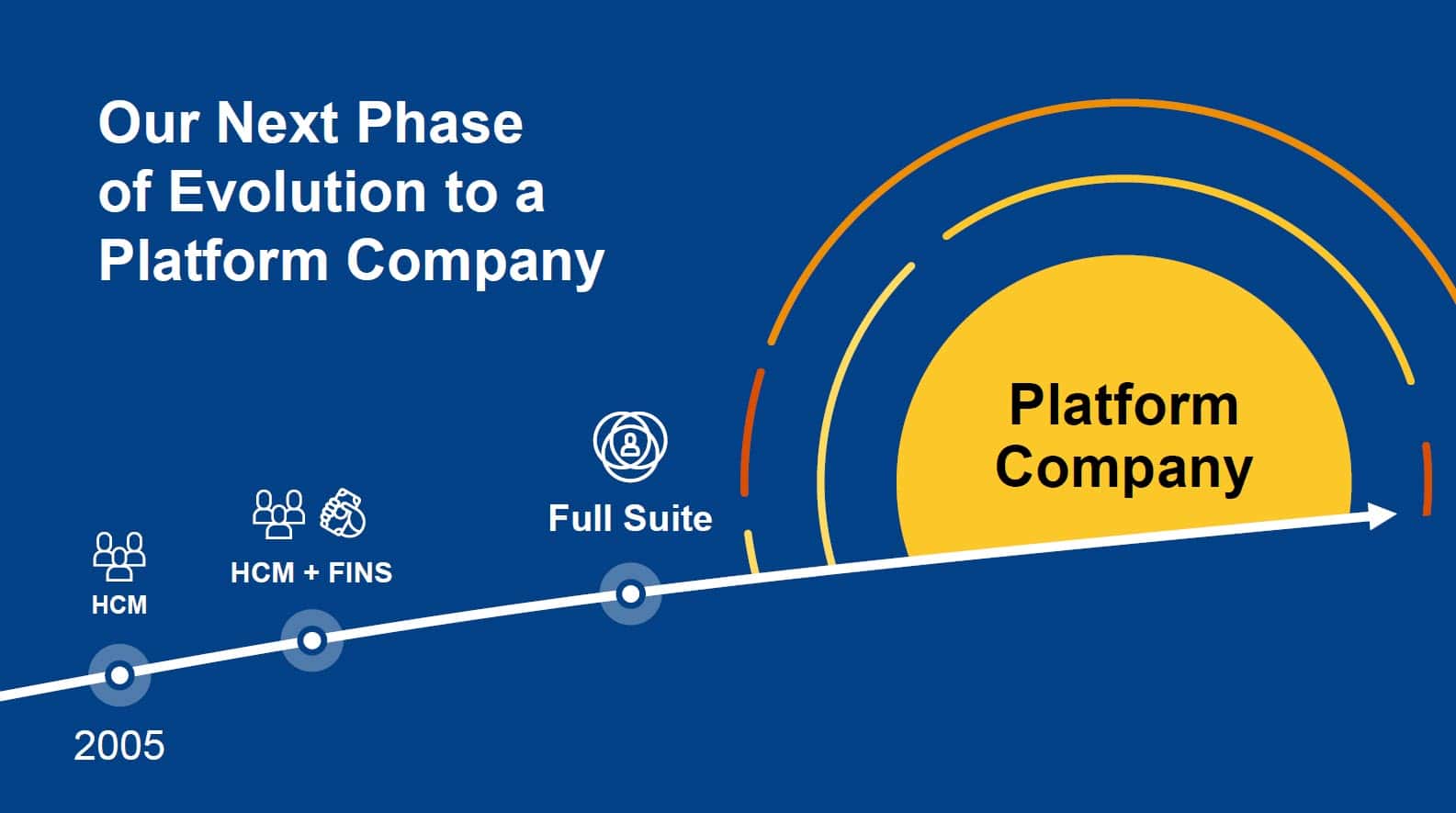

 扫一扫
添加客服
扫一扫
添加客服




